
How to Choose the Right Rigid Mailer for Your Shipping Needs
When it comes to shipping delicate items, choosing the right packaging is crucial for ensuring safe and secure delivery. Rigid mailers have gained significant traction in the logistics and e-commerce sectors, with reports indicating that the global packaging market is projected to reach $1 trillion by 2027, driven largely by the demand for protective packaging solutions. Rigid mailers, known for their sturdiness and ability to withstand external pressures, play a vital role in this growth. According to a study by Smithers Pira, the use of rigid packaging is expected to grow at a compound annual growth rate (CAGR) of 5.1% over the next five years. This rising trend highlights the importance of understanding the various types of rigid mailers available and selecting the right one tailored to your specific shipping needs. With the right rigid mailer, businesses can enhance customer satisfaction by minimizing the risk of damage during transit and ensuring that products arrive in pristine condition.
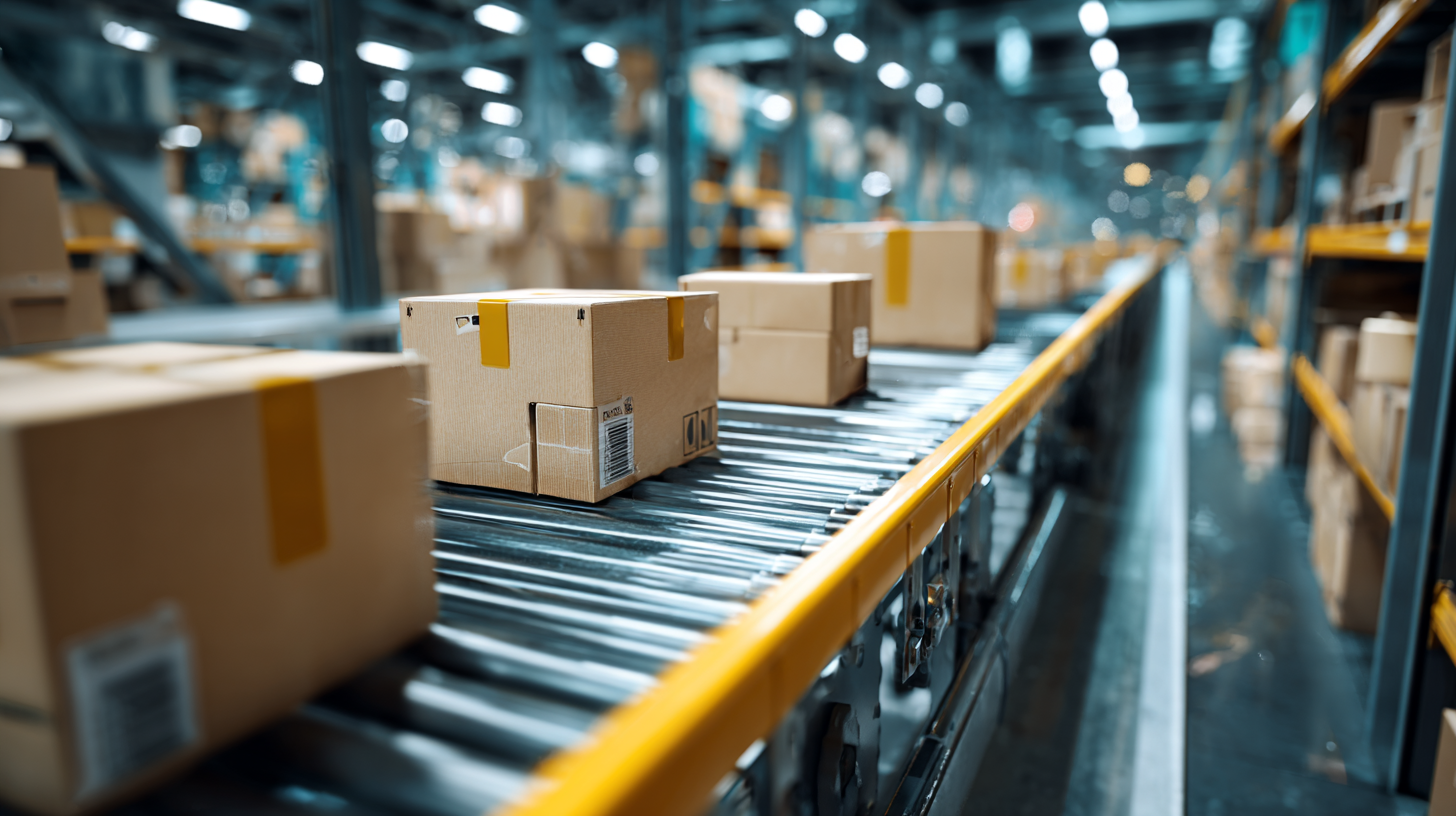
Understanding the Different Types of Rigid Mailers Available for Shipping
When it comes to shipping delicate items, choosing the right rigid mailer is crucial. Rigid mailers come in various types, each designed to cater to different shipping needs. The most common types include cardboard mailers, plastic mailers, and padded mailers. Cardboard mailers offer an excellent balance of durability and cost-effectiveness, making them suitable for items like artwork or documents. Plastic mailers, on the other hand, are water-resistant and lightweight, ideal for softer goods that need protection against moisture during transit. Padded mailers provide extra cushioning for fragile items, ensuring they arrive at their destination intact.
Tips: When selecting a rigid mailer, consider the size and weight of your item. Always choose a mailer that is slightly larger than your product to allow for any protective layers. Additionally, assess the shipping environment; if your package will be exposed to moisture, opt for waterproof options like plastic mailers.
Another important aspect to consider is the closure mechanism. Some mailers come with peel-and-seal flaps that simplify the shipping process, while others may require additional tape for security. It's essential to select a closure that matches your shipping frequency and volume to streamline your operations and reduce costs.
Assessing Your Product's Size and Weight to Determine Mailer Requirements
When selecting the right rigid mailer for your shipping needs, assessing your product's size and weight is paramount. Rigid mailers come in various dimensions and materials, designed to offer protection for a range of items. Start by measuring the length, width, and height of your product to ensure a snug fit. A mailer that is too large can lead to movement during transit, potentially causing damage, while one that is too small may not accommodate your item at all.
In addition to size, you should consider the weight of your product. Rigid mailers are designed to withstand different levels of pressure and impact, but heavier items require mailers made of sturdier materials to provide adequate support. Evaluating the combined weight of your product and any additional packing materials will help you choose a mailer that not only fits properly but also maintains the structural integrity needed for safe shipping. By focusing on these aspects, you can ensure that your items arrive at their destination in perfect condition.
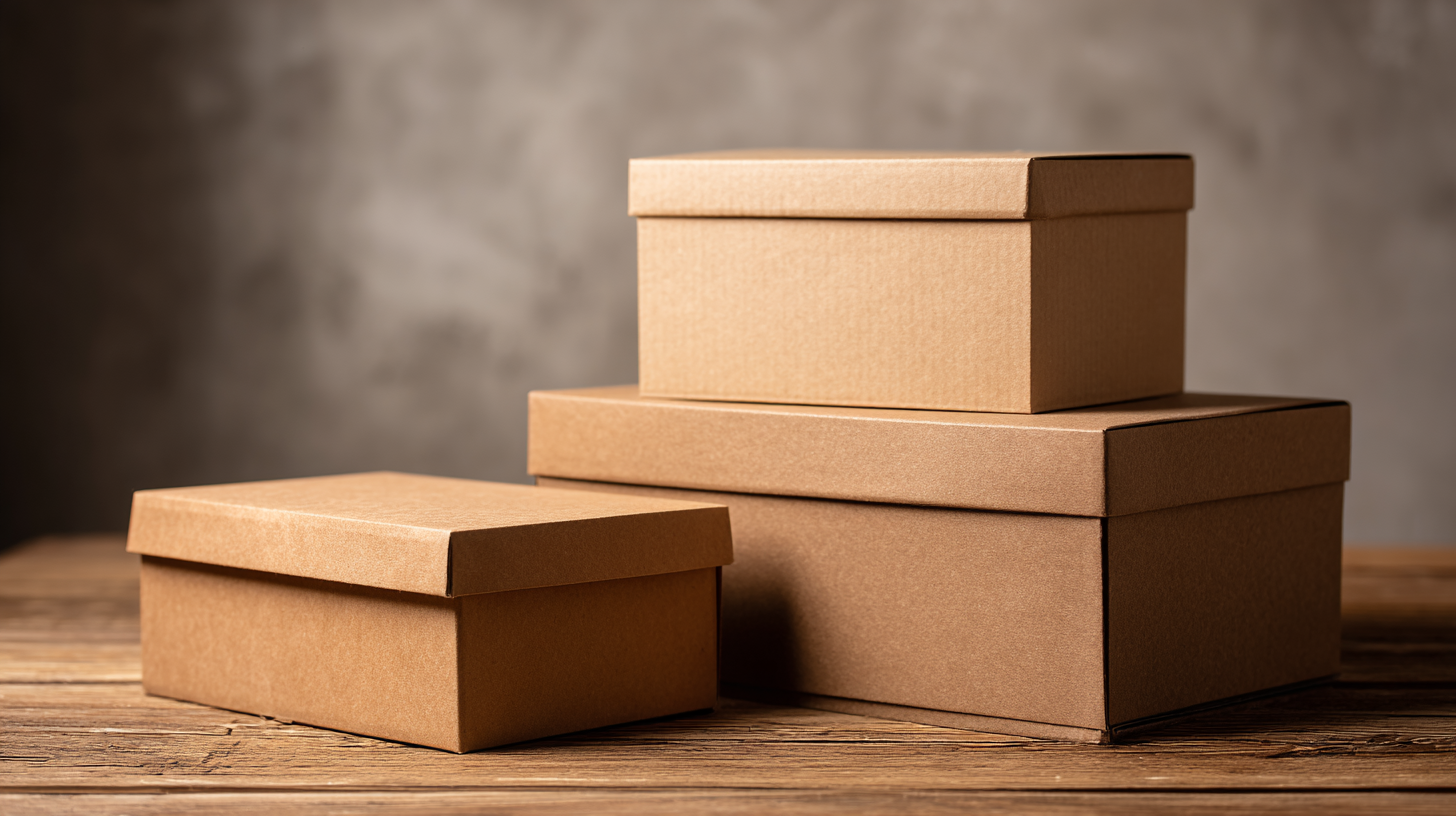
Evaluating Material Quality for Adequate Protection During Shipping
When selecting a rigid mailer for shipping, evaluating the material quality is paramount to ensure adequate protection for the contents. Rigid mailers are typically made from materials such as corrugated cardboard or specialty plastics, each offering varying levels of protection against punctures and bending. According to industry data, nearly 50% of shipping damage is attributed to inadequate packaging, underscoring the importance of choosing the right material. A quality rigid mailer can reduce this risk significantly, safeguarding products during transit.
The composition of the mailer also plays a crucial role in its durability. High-quality materials not only withstand rough handling but also contribute to a sustainable shipping process. For instance, reports indicate that rigid mailers made from recycled content can effectively reduce the carbon footprint associated with shipping. Furthermore, collaboration with responsible logistics providers ensures that the packaging meets stringent safety and quality standards, much like the commitment to safety and quality assessment in leading companies. By prioritizing material quality, shippers can enhance protection and improve overall shipping efficiency.
How to Choose the Right Rigid Mailer for Your Shipping Needs - Evaluating Material Quality for Adequate Protection During Shipping
| Material Type | Thickness (mm) | Weight Capacity (lbs) | Water Resistance | Cost per Unit ($) |
|---|---|---|---|---|
| Kraft Paper | 2.5 | 5 | Yes | 0.50 |
| Corrugated Cardboard | 4.0 | 10 | No | 0.75 |
| Polyethylene | 0.8 | 8 | Yes | 1.00 |
| Rigid Plastic | 1.2 | 12 | Yes | 1.50 |
| Chipboard | 2.0 | 6 | No | 0.65 |
Considering Cost-Effectiveness and Budget Constraints in Your Mailer Choice
When choosing the right rigid mailer for your shipping needs, cost-effectiveness should be at the forefront of your considerations. Rigid mailers not only protect your items but can also vary widely in price, impacting your overall shipping budget. It's essential to analyze the cost implications of different materials and sizes, ensuring that your choice aligns with your financial constraints while still maintaining product safety. Evaluate bulk purchasing options as they often lead to significant savings, allowing you to manage your budget more effectively.
Tips:
- Compare suppliers: Gather quotes from various suppliers to understand the price range and options available in the market. This can help you identify the most cost-effective solutions.
- Assess durability: While considering costs, ensure that the mailers you choose provide adequate protection for your products. Investing slightly more in high-quality mailers can save you money in returns due to damages.
- Optimize size: Select mailers that closely fit your products to minimize shipping costs, as oversized mailers can lead to higher postage fees.
By thoughtfully considering these elements, you can select rigid mailers that meet your shipping needs without straining your budget.
Exploring Eco-Friendly Rigid Mailer Options for Sustainable Shipping Practices
When selecting a rigid mailer, considering eco-friendly options is crucial for environmentally conscious shipping practices. Today, many manufacturers offer biodegradable or recycled rigid mailers that provide the same level of protection for items while minimizing environmental impact. Materials such as post-consumer recycled cardboard and bio-based plastics are becoming increasingly available, allowing businesses and individuals to ship their products without contributing significantly to landfill waste or pollution.
Adopting sustainable shipping practices does not only appeal to eco-aware consumers but can also enhance a company's image. By choosing eco-friendly rigid mailers, organizations demonstrate their commitment to sustainability. Using recyclable or compostable materials not only reduces waste but can also lead to cost savings in the long term, as consumers increasingly prefer brands that prioritize environmental responsibility. As the demand for sustainable packaging grows, it’s essential to stay informed about the latest options available to ensure your shipping methods align with eco-friendly principles.

Related Posts
-

Unlocking Success: The Advantages of Choosing the Best Rigid Mailer for Your Business
-
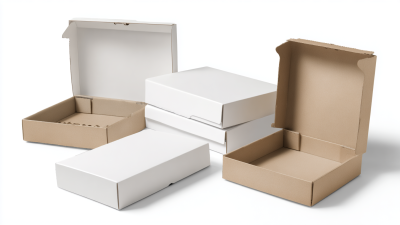
Choosing Top Rigid Mailer Manufacturers for Your Packaging Needs Solutions for Global Buyers
-
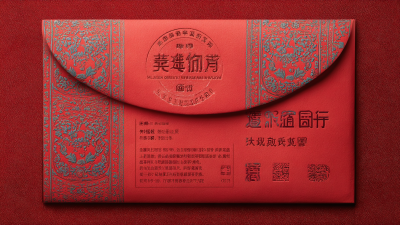
Discover the Excellence of China's Best Rigid Mailer: A Global Best-Seller with Quality Assurance
-

How to Choose the Right Rigid Mailer for Your Packaging Needs
-
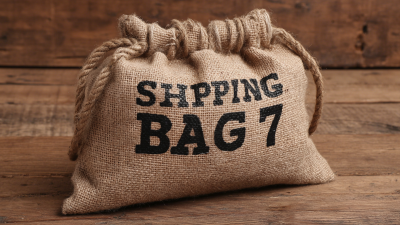
7 Reasons Why Best Shipping Bag is the Ultimate Choice for Global Buyers
-
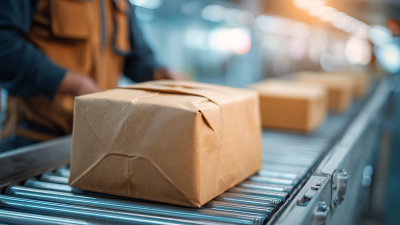
7 Top Reasons Why Best Shipping Bag Solutions Enhance Your Supply Chain



